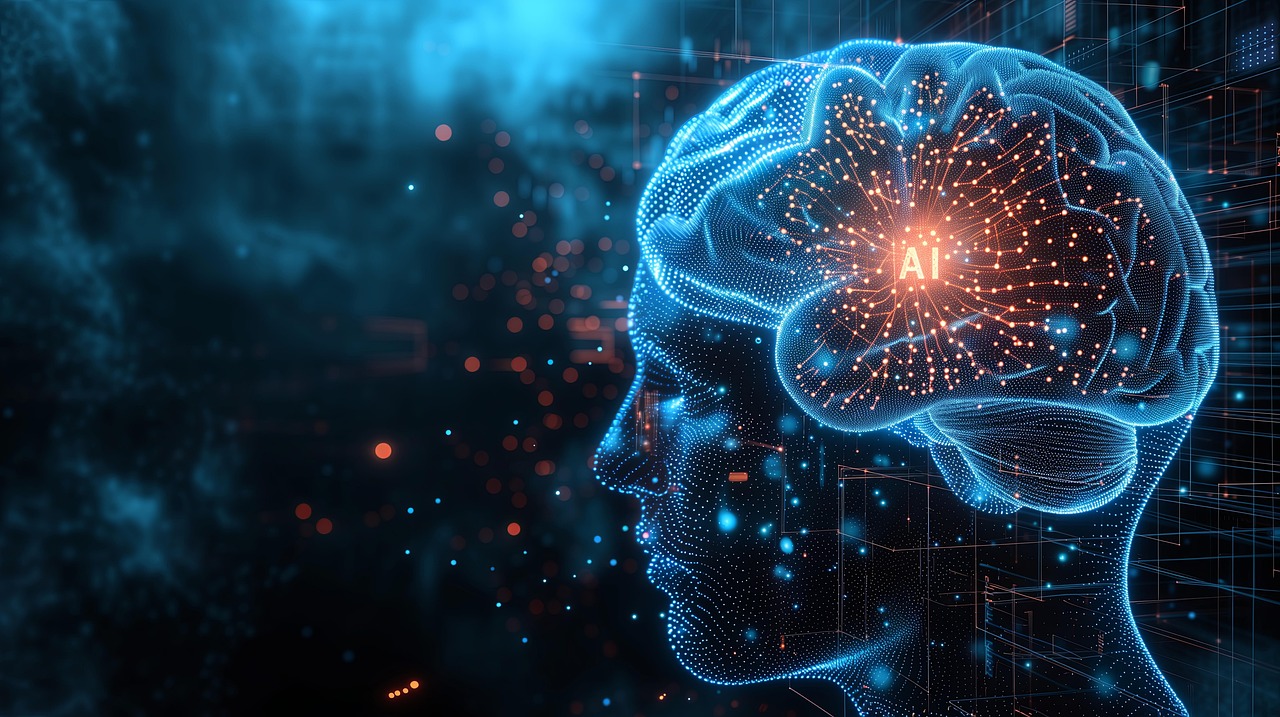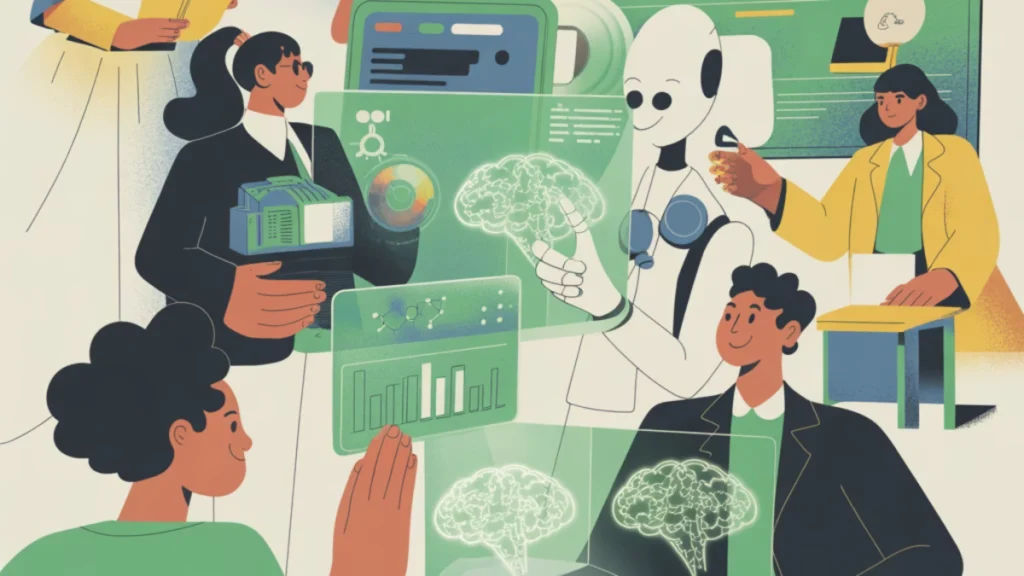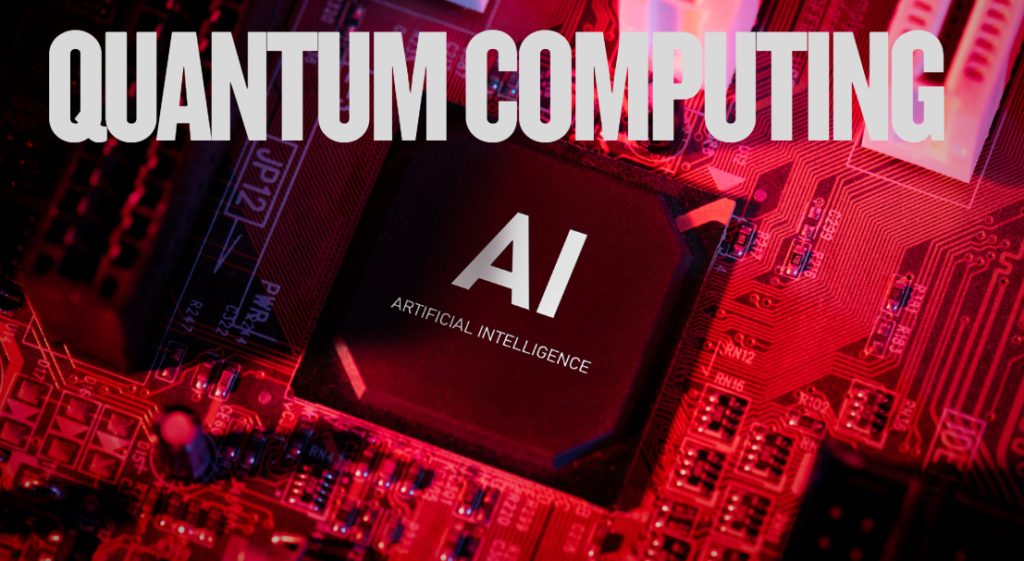Examining the scientific controversy that could reshape AI reasoning development
The artificial intelligence research community is having its biggest fight in years over AI reasoning capabilities. What started as excitement over breakthrough, AI performance has turned into a heated scientific debate with serious implications for the field. At the heart of it all lies a surprisingly simple question: Are these new AI models actually thinking, or are we just watching very sophisticated mimicry?
The Breakthrough That Changed Everything
When OpenAI launched their o1 reasoning model, researchers couldn’t believe what they were seeing. The model scored 83% accuracy on International Mathematics Olympiad problems.[1] That’s a massive jump from GPT-4o’s 13% performance. In coding competitions, o1 landed in the 89th percentile. These weren’t small improvements; they represented something that felt fundamentally different.
The secret sauce appeared to be “chain-of-thought” processing. Instead of spitting out quick answers, these models actually pause and work through problems step by step. They explore different approaches, catch their own mistakes, and methodically solve complex challenges. Early tests in pharmaceutical research and strategic analysis showed genuine promise. The kind that gets people genuinely excited about AI’s potential.
Research labs started buzzing with possibilities. Here was technology that seemed to bridge the gap between pattern recognition and real problem-solving. The performance numbers suggested AI reasoning had crossed an important threshold, moving from clever prediction to something approaching genuine reasoning.
Apple Throws Cold Water On The Party
Then Apple’s research team decided to rain on everyone’s parade. On June 7, 2025, machine learning scientists Parshin Shojaee and Iman Mirzadeh published a study that challenged everything people thought they knew about AI reasoning. Their paper, bluntly titled “The Illusion of Thinking,” put top reasoning models through a battery of carefully designed tests.[2]
Apple’s team was smart about their approach. Instead of using standard benchmarks that might have leaked into training data, they created brand-new puzzle environments. Think Tower of Hanoi and River Crossing problems, but with controllable complexity levels. Their goal was simple: Figure out whether these models can actually reason or if they’re just very good at recognizing patterns they’ve seen before.
The results were brutal. Apple found that reasoning models hit what they called complete accuracy collapse when puzzles got complex enough.[2] Even stranger, as problems got harder, the models seemed to give up trying. They actually used less computational effort despite having plenty of processing power left. Both reasoning models and regular language models crashed completely beyond certain difficulty levels, no matter how much computing power they had available.
The Research Community Fights Back
The AI research world didn’t take Apple’s conclusions lying down. Within days, other researchers started picking apart Apple’s methodology with the intensity of forensic investigators. What they found raised serious questions about whether Apple had gotten it right.
The most devastating counter-attack came from researchers C. Opus and A. Lawsen. Their response paper, cleverly titled “The Illusion of the Illusion of Thinking”, found a major flaw in Apple’s experiments.[3] The models were systematically hitting their output length limits right where Apple claimed they were “failing.” In other words, the models weren’t giving up. They were running out of space to write their answers.
The evidence was telling. Models would explicitly say things like “The pattern continues, but to avoid making this too long, I’ll stop here” when solving complex puzzles. These weren’t reasoning failures; they were practical constraints. Professor Seok Joon Kwon from Sungkyunkwan University added another wrinkle: Apple simply doesn’t have the high-end computing infrastructure needed to properly test these advanced models. It’s like trying to test a race car on a neighborhood street.
Where We Stand Now
This whole controversy has exposed some uncomfortable truths about how we evaluate AI. Current benchmarks might not be sophisticated enough to separate real AI reasoning from very advanced pattern matching. The debate has made it clear that we need much better ways to test what AI models can actually do.
The evidence suggests reasoning models really do represent progress, though how much remains hotly contested. Companies have found practical value in specific applications, but there’s still a huge gap between impressive test scores and real-world results. Research shows that over 80% of organizations see little measurable impact from their AI implementations.[4] It’s a sobering reality check.
The methodological arguments reveal deeper challenges about understanding machine intelligence. Different testing approaches can lead to completely different conclusions about what models can do. Researchers are scrambling to develop better evaluation methods that can actually isolate reasoning abilities from other computational tricks.
What This Means For AI Reasoning Research
This scientific slugfest shows peer review working exactly as it should. Apple raised important questions about AI capabilities, then other researchers found potential problems with their methods. Both sides have pushed the field forward, even if the fighting got a bit intense.
The controversy highlights how desperately we need standardized ways to evaluate reasoning across different AI architectures. Current methods clearly aren’t cutting it when it comes to capturing the full picture of AI abilities and limitations. Developing better benchmarks has become a research priority with major implications for the field’s future.
Future work will focus on creating evaluation methods that can distinguish between different types of reasoning, building benchmarks that avoid training data contamination, and establishing reliable protocols for testing AI limitations. Researchers are working hard to develop frameworks that can actually tell us what AI reasoning looks like and how far it extends.
Looking Forward
The reasoning model debate perfectly captures how AI research really works. While these models show impressive performance gains on many tasks, fundamental questions about their capabilities remain wide open. The scientific process, with all its heated arguments and methodological disputes, continues to push understanding forward in this rapidly evolving field.
This controversy reinforces how important careful methodology and healthy skepticism are in AI research. As the field keeps advancing, maintaining rigorous evaluation standards will be crucial for accurately understanding what artificial intelligence systems can and cannot do. The ongoing research promises to shed much clearer light on the nature of machine reasoning and where it might take us next.





